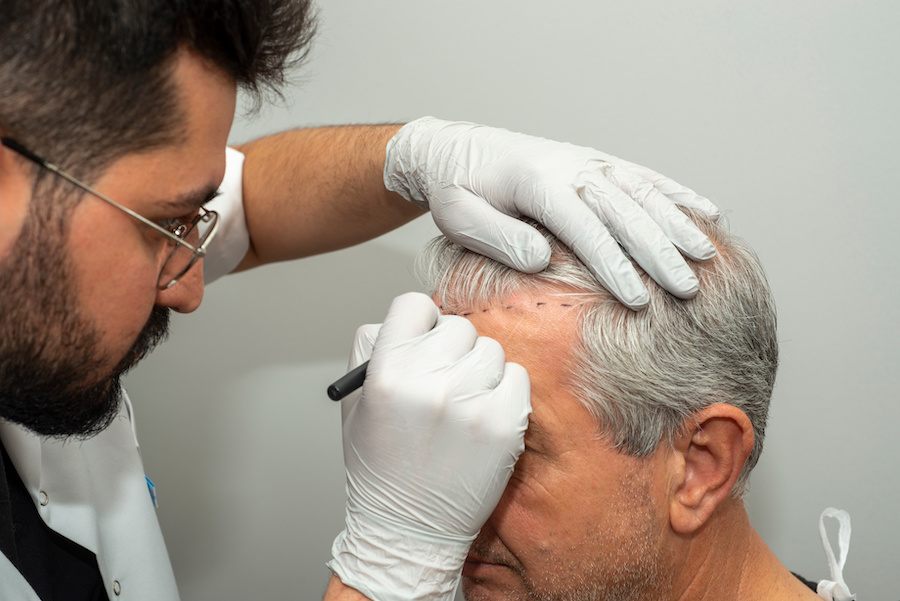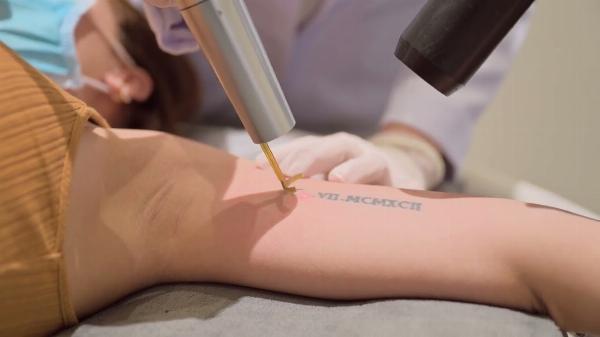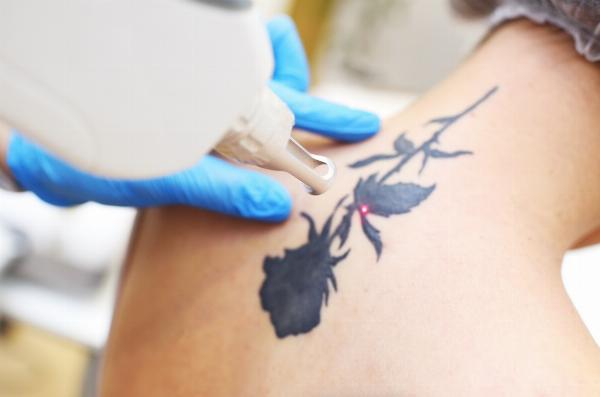The Future of Tattoo Removal Laser Technology

Strong 8k brings an ultra-HD IPTV experience to your living room and your pocket.
Tattoos have long been a form of self-expression, but as the saying goes, "tattoos are permanent." However, with advancements in tattoo removal laser technology, that phrase is becoming less true. The Tattoo Removal in Dubai industry has seen significant growth and innovation, driven by increasing demand for more effective, less painful, and faster removal processes. This article explores the future of tattoo removal and how emerging laser technologies are revolutionizing the field.
The Evolution of Tattoo Removal
Tattoo removal has a long and varied history. Traditional methods, such as dermabrasion, excision, and salabrasion, were invasive, painful, and often left scarring. The advent of laser technology in the late 20th century marked a turning point, offering a non-invasive alternative that significantly reduced pain and scarring.
Initially, the Q-switched laser was the gold standard for tattoo removal. These lasers work by emitting high-intensity light in short pulses, targeting the ink particles in the skin. The ink absorbs the light, heats up, and breaks into smaller particles, which are then absorbed by the body's immune system. While effective, Q-switched lasers have limitations, including multiple sessions, potential for scarring, and difficulty in removing certain ink colors, particularly greens and blues.
The Rise of Picosecond Lasers
One of the most significant advancements in tattoo removal technology has been the development of picosecond lasers. Unlike Q-switched lasers, which deliver energy in nanoseconds, picosecond lasers emit energy in trillionths of a second (picoseconds). This ultra-fast pulse duration allows for more efficient ink fragmentation, resulting in quicker and more thorough removal.
Picosecond lasers are particularly effective in breaking down stubborn ink colors, including greens and blues, that were difficult to remove with older technologies. Additionally, the shorter pulse duration reduces the risk of damage to surrounding skin, leading to fewer side effects such as scarring and hyperpigmentation.
Innovations in Wavelengths and Light Sources
Another area of innovation in tattoo removal laser technology is the development of lasers with multiple wavelengths. Different ink colors absorb different wavelengths of light, so having a laser that can switch between various wavelengths allows for more comprehensive removal across the spectrum of tattoo inks.
For example, the 755 nm wavelength is highly effective for green and blue inks, while the 532 nm wavelength is better suited for red, yellow, and orange inks. Newer laser systems now offer the ability to combine these wavelengths in a single session, improving efficiency and reducing the number of sessions required for complete removal.
Furthermore, there is ongoing research into the use of alternative light sources, such as fractional lasers and picosecond domain lasers, which can further enhance the removal process by targeting the skin's surface and deeper layers simultaneously.
Minimizing Pain and Side Effects
One of the primary concerns for individuals seeking tattoo removal is the pain associated with the procedure. While laser technology has reduced the pain compared to traditional methods, it can still be a significant barrier for some. Future advancements in tattoo removal are likely to focus on minimizing discomfort through improved laser technologies and pain management techniques.
Innovations such as cryogen spray cooling, which cools the skin immediately before and after laser exposure, and the use of local anesthetics are already being employed to make the process more comfortable. Additionally, advancements in laser precision will continue to reduce collateral damage to surrounding tissues, further minimizing pain and side effects.
Faster and More Efficient Removal
The demand for faster tattoo removal has driven research into ways to speed up the process. While multiple sessions are still typically required, the goal is to reduce the total number of sessions and the time between them. One approach is the use of combination treatments, where different laser types and wavelengths are used in tandem to break down ink more efficiently.
Another promising development is the use of topical agents that can enhance the laser's effectiveness. These agents work by increasing the skin's permeability or by targeting the ink particles directly, making them more susceptible to laser energy. When combined with advanced laser technology, these agents could significantly reduce the number of sessions required for complete removal.
Personalized Tattoo Removal
The future of tattoo removal will likely see a move towards more personalized treatment plans. As technology continues to advance, tattoo removal clinics will be able to offer tailored solutions based on the individual's skin type, tattoo size, ink composition, and even genetic factors that influence how their body reacts to laser treatment.
Artificial intelligence (AI) and machine learning could play a crucial role in this personalization. By analyzing data from previous treatments, AI could predict the most effective laser settings, wavelengths, and treatment protocols for each individual, leading to better outcomes and higher satisfaction rates.
The Role of AI and Robotics
AI and robotics are poised to revolutionize many aspects of healthcare, and tattoo removal is no exception. AI-driven software could assist practitioners in selecting the optimal laser settings for each session, adjusting parameters in real-time based on the patient's response. This would not only improve the efficiency of the procedure but also reduce the risk of human error.
Robotics could further enhance precision in tattoo removal. Robotic arms equipped with laser technology could provide more consistent results, especially for tattoos located in difficult-to-reach areas or on uneven surfaces. These advancements could make the process more accessible and less dependent on the skill of individual practitioners.
Conclusion:
The future of tattoo removal laser technology is incredibly promising. With advancements in picosecond lasers, multi-wavelength systems, pain management techniques, and the integration of AI and robotics, the process of removing unwanted tattoos will become faster, more efficient, and less painful. As these technologies continue to evolve, the stigma and permanence of tattoos will diminish, giving individuals more freedom to change and redefine their self-expression.
Note: IndiBlogHub features both user-submitted and editorial content. We do not verify third-party contributions. Read our Disclaimer and Privacy Policyfor details.







